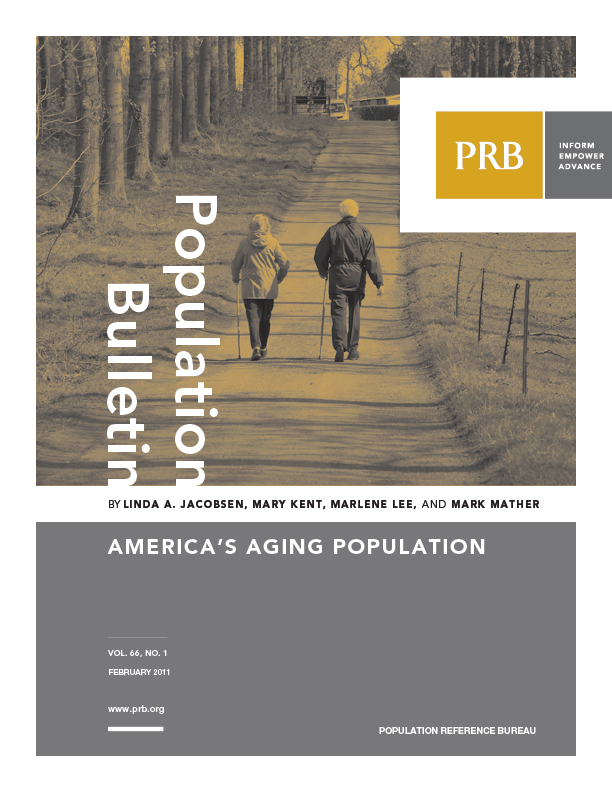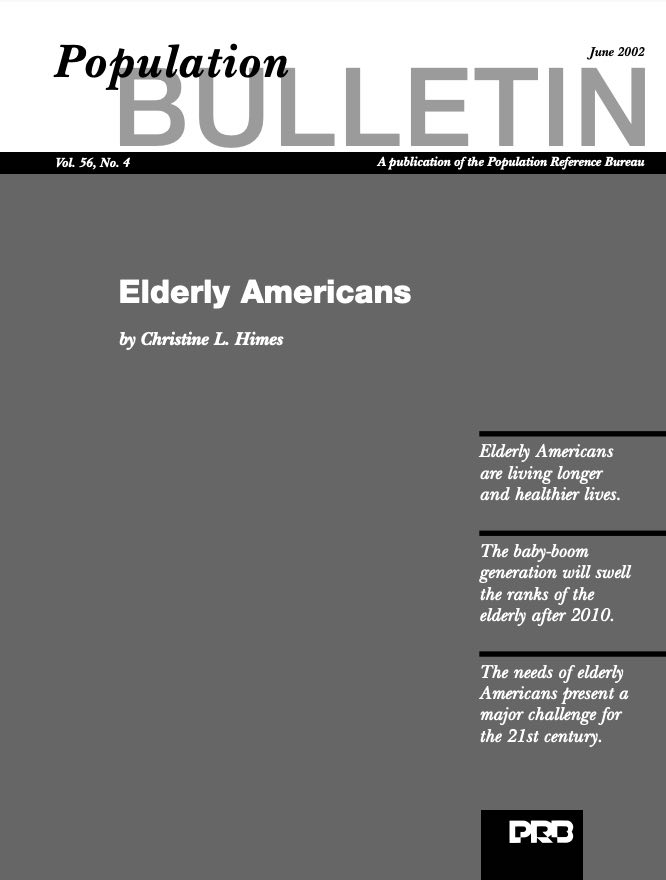165 Search Results Found For : "%EB%B6%80%EC%82%B0%EC%B6%9C%EC%9E%A5%EC%83%B5%E3%80%90Talk:Za31%E3%80%91%EC%8A%A4%EC%9C%84%ED%8A%B8%20%EC%B6%9C%EC%9E%A5%EB%A7%88%EC%82%AC%EC%A7%80%20%EC%88%98%EC%9B%90%EC%A0%84%EC%A7%80%EC%97%AD%2030%EB%B6%84%EB%82%B4%20%EB%B0%A9%EB%AC%B8"
The State of Metropolitan America
(2010) The State of Metropolitan America, by the Brookings Institution's Metropolitan Policy Program, identifies five demographic trends and developments that dominated the first decade of the 2000s in the 100 largest metro areas of the United States.

America’s Aging Population
Population Bulletin, Vol. 66, No. 1: In 2011, the oldest baby boomers—Americans born between 1946 and 1964—will start to turn 65.
The United States at 300 Million
HOW WE HAVE CHANGED SINCE THE UNITED STATES WAS A NATION OF 200 MILLION (September 2006) The United States is set to reach a milestone in October. It will become the third country—after China and India—to be home to at least 300 million people.
Webinar: 2010 World Population Data Sheet
The Population Reference Bureau released its 2010 World Population Data Sheet on July 28, 2010, at the National Press Club in Washington, DC with presentations highlighting global aging, the theme of this year's data sheet.

Promoting Healthy Behaviors Among Youth to Tackle Kenya’s Growing Noncommunicable Diseases Epidemic
Kenya is experiencing a growing epidemic of noncommunicable diseases (NCDs). A window of opportunity exists to address the four key NCD risk behaviors ( tobacco use, alcohol use, unhealthy diet, physical inactivity) in Kenya's large and growing youth population.

Population Bulletin, vol. 56, no. 4. Elderly Americans
(2001) The United States is in the midst of a profound demographic change: the rapid aging of its population. The 2000 Census counted nearly 35 million people in the United States 65 years of age or older, about one of every eight Americans.

Population Bulletin, vol. 61, no. 3. India’s Population: Reconciling Change and Tradition
(2006) This Population Bulletin presents a demographic portrait of the diverse country of India in the early years of the 21st century and offers insight into some of the forces driving continued growth and change.
Family Care for an Aging Population
(2010) Today, Americans are more likely to marry and to divorce than in almost any other Western nation. Serial marriages, rising levels of cohabitation, delayed childbearing, and nonmarital parenthood have added complexity to American families.

Elderly Americans
(2001) The United States is in the midst of a profound demographic change: the rapid aging of its population. The 2000 Census counted nearly 35 million people in the United States 65 years of age or older, about one of every eight Americans.

